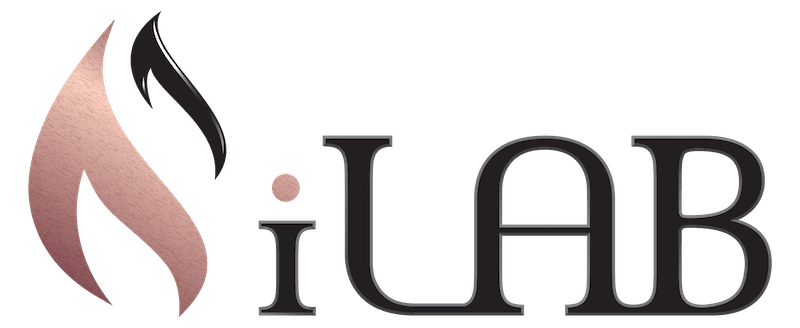Much like the seasons, trends come and go each year with semi-predictable regularity. Whether it
be avocado toast, Calvin Klein jeans, or the pet rock, something new and different sweeps through
to catch the interest of the populace. Trends don’t only occur in popular culture. They also exist in
the testing world.
Testing trends may not be as glamorous as say, Jimmy Choo shoes. But staying on top of what
testing technologies and methodologies work best can make the difference between a successful
implementation or software ending up dead on arrival. As an experienced independent Software
Quality Assurance (SQA) and testing company, iLAB prioritizes continuous learning and knowledge
gathering. We refuse to allow our independent SQA and testing clients to fall behind.
Below are some of the SQA and testing trends iLAB has noticed during our 2022 engagements:
Converting to Shift-Left Testing
Shift-Left Testing moves testing to earlier in the software development process. Its purpose is to
detect and correct defects at the start of testing rather than at the end. For example, during the
requirements phase rather than during the development phase. Benefits of early defect detection
include lower costs and a faster time to market.
Both public and private sector clients are converting to Shift-Left Testing. iLAB is procured to
join a project before kick-off to help implement the needed processes and procedures to
properly execute the testing. Previously, clients would first partner with the software
development vendor before inevitably contacting iLAB to get the project back on track.
Combining All Aspects of Testing into One Testing Tool
Clients who previously used Microsoft (MS) Excel, MS Word, or other tools to separately track
requirements, test script development, and test execution are calling in iLAB. iLAB can facilitate the
adoption of a single testing tool to manage the entire testing lifecycle. Some of the testing tools iLAB
has mastered are Azure DevOps, Xray on Jira, UiPath Test Suite, and Tricentis Tosca with qTest.
Involving QA in Requirements Development
Poorly written requirements will sink any system. Misalignment on requirements between the client
and the development vendor is common. The client will provide the development vendor with a
high-level requirements list. The development vendor then reviews the requirements and agrees to
them. Disconnects occur because the client and the development vendor look at the same
requirements from different viewpoints and with a different level of understanding. Resulting issues
don’t come to light until projects timelines slip or the software goes live with previously
undiscovered defects.
iLAB QA professionals have been partnering with their clients to develop solid requirements. Those
requirements are then shared and discussed with the development vendor to make sure everyone
is in sync. This way of working has culminated in reduced development and testing time, fewer
defects, and software that functions as intended.
Moving from Open-Source Automation Tools to Low/No Code Rapid Software Testing
Tools
Though automated testing is fast and efficient, it does come with challenges. Tests that are
automated one month may need to be recoded the next month. Recoding of automated tests
based on open-source software requires a specific engineering skill set and can get expensive.
Some companies give up on automated testing as a result.
Low/no code rapid software testing tools, on the other hand, require little to no technical skills
to create and execute automated tests. An increasing number of iLAB’s clients have been
bringing us onboard to help with the move to low/no code rapid software testing tools. iLAB
has deep expertise with tools from platforms such as Tricentis, UiPath, Sauce Labs, Katalon,
Leapwork, TestGrid, and Microfocus. These platforms allow testers to set up automation tests
without getting a college degree or learning a coding language. Clients enjoy all the benefits of
automated testing without the additional cost.
Increasing Number of Projects Requiring Application Programming Interface (API) Testing
An API is used to allow two applications to communicate back and forth. It serves as a
messenger that both sends and receives information. API testing confirms that the API meets
client expectations regarding functionality, reliability, performance, and security.
The increased use of APIs has created a growing need for API testing experts. iLAB has heavily
invested in the training and education needed to rapidly implement API testing solutions like
Katalon, REST-Assured, Apigee, Postman, JMeter, and SoapUI.
At iLAB SQA and Testing is Not a Trend, It is Our Core Business
As noted at the beginning of this article, trends, testing or otherwise, are far from permanent.
That is why iLAB is committed to not standing still. As testing technologies, methodologies, and
client needs evolve, so will we.
Set Yourself Up for Success with iLAB!
For more information on any of our content or for help with your project, get in touch at (317) 218-3258.

